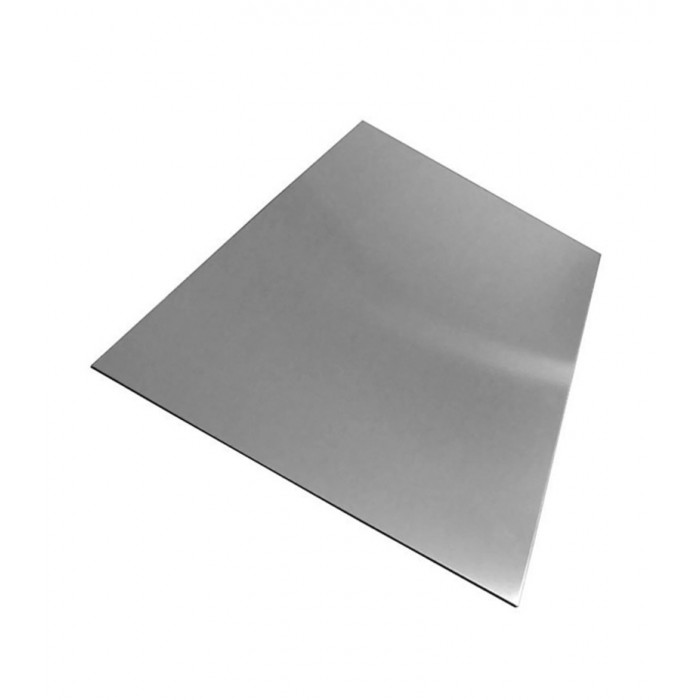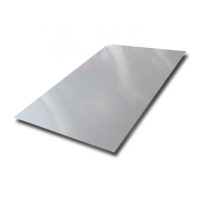Tool steel
Tool steel is called carbon steel with a carbon content of 0.7%. The material is distinguished by particularly high strength and hardness, which is achieved by heat treatment. Such steel got its name due to its use: various tools are made from it. According to the content of sulfur and phosphorus, this material is divided into high-quality and high-quality tool steel. If in quality the content of these substances ranges from 0.03% to 0.035%, then in high quality - 0.02% - 0.03%. In accordance with the GOST 1435-99 standard, tool steel is produced in different grades. Designation example: У7; U8G; U10; U7A; U8GA; U12A and others. This GOST also applies to hot-rolled, calibrated, forged carbon tool steel.
Speaking of labeling, it should be noted that the letter A is put to indicate the minimum amount of sulfur and phosphorus in the material. Accordingly, this is a group of high-quality steels. If the letter A corresponds to the marking, therefore, we have high-quality tool steel containing various impurities. The letter G indicates an increased content of another element - manganese. The advantage of tool steel is its low cost combined with high hardness. In addition, there are such disadvantages as low wear resistance, rather low heat resistance. The chemical composition of carbon tool steels is standardized according to GOST 1435-99
Carbon steels are used for the manufacture of cutting tools operating under conditions that do not cause heating of the working edge above 150-200 ° C. They are also used for punching and measuring tools. The main advantages of carbon steels are obtaining high hardness in the surface layer while maintaining a ductile core. This in some cases provides a minimum leash of the tool and an increase in its mechanical properties; low hardness in the annealed state HB 1800-2000 MPa, which allows the use of high-performance tool manufacturing methods (knurling, notching); hardening from low temperatures (770-820 ° C); obtaining after hardening small amounts of residual austenite, which provides them with increased resistance to plastic deformation; preservation of a clean surface during hardening due to cooling in water, which simplifies the cleaning of tools; low cost. At the same time, the shortcomings of carbon steels significantly limit their scope: due to low heat resistance - the ability to maintain hardness only when heated to temperatures not exceeding 170-200 ° C. The lower strength compared to high-speed steels is associated with the production of coarser grains (8-9 points) at optimal quenching temperatures. The tendency to grain growth with slight overheating during hardening leads to a decrease in mechanical properties. The limited process hardenability requires the use of high cooling rates in the pearlite range, which leads to inhomogeneous hardness, especially for thinner tools, as well as large leash and thermal cracks. Steels cannot be used for relatively large tools (diameter or thickness greater than 30 mm) if they are designed to work at elevated pressures. Steels are prone to tempering of surface layers when heated during grinding and sharpening. Carbon steels are used for tools that are not subjected to heating to temperatures above 150-200 ° C during operation and do not require significant grinding during the manufacturing process (files, taps, reamers, hacksaws, axes, cleavers, chisels, metalwork and surgical tools, as well as for some stamping and measuring tools.
High hardness of carbon steels (HRC 62-63) is already achieved at 0.6% C in a tool with a diameter (thickness) of 1-5 mm.
No questions about this product, be the first and ask your question.


